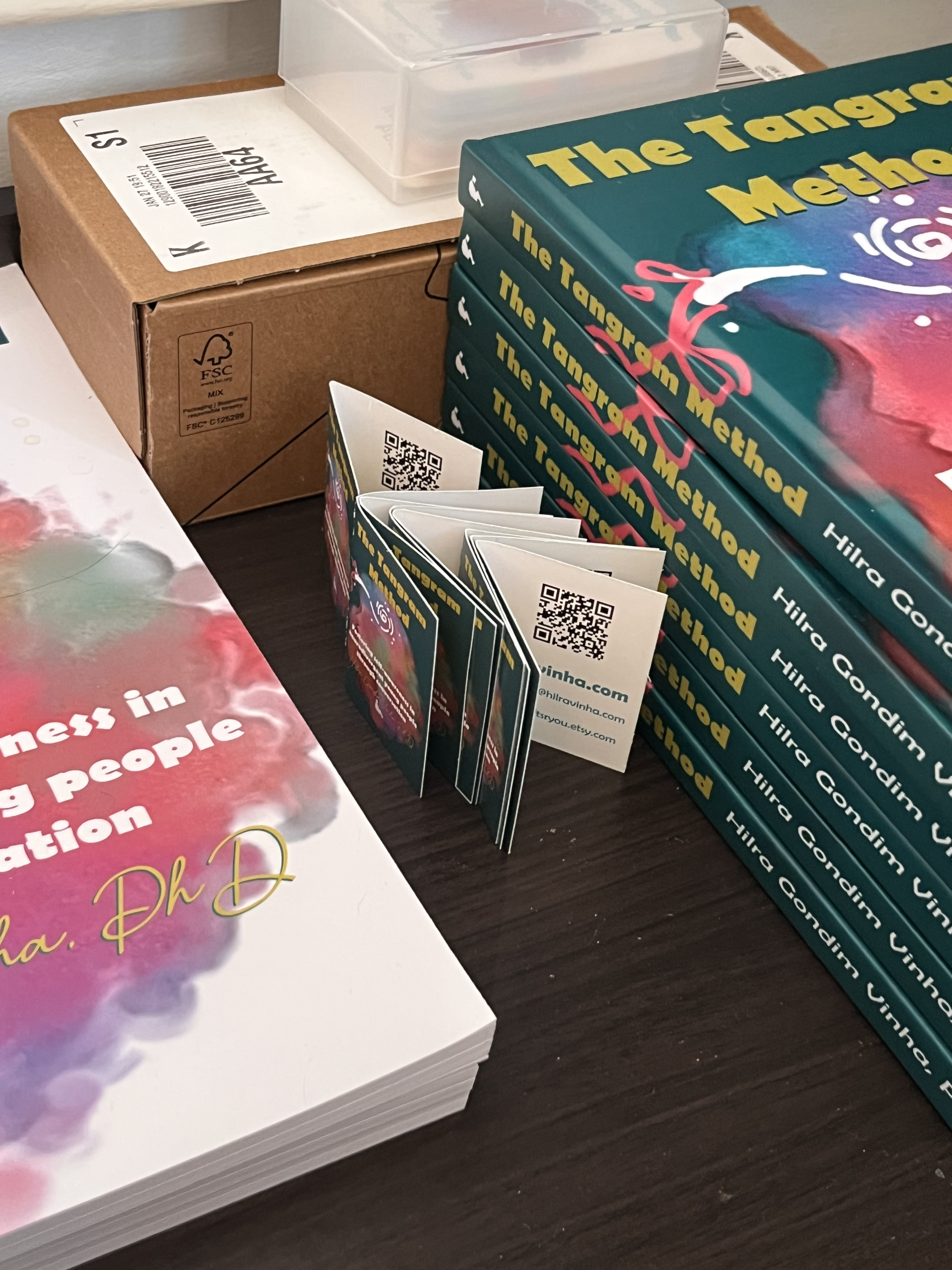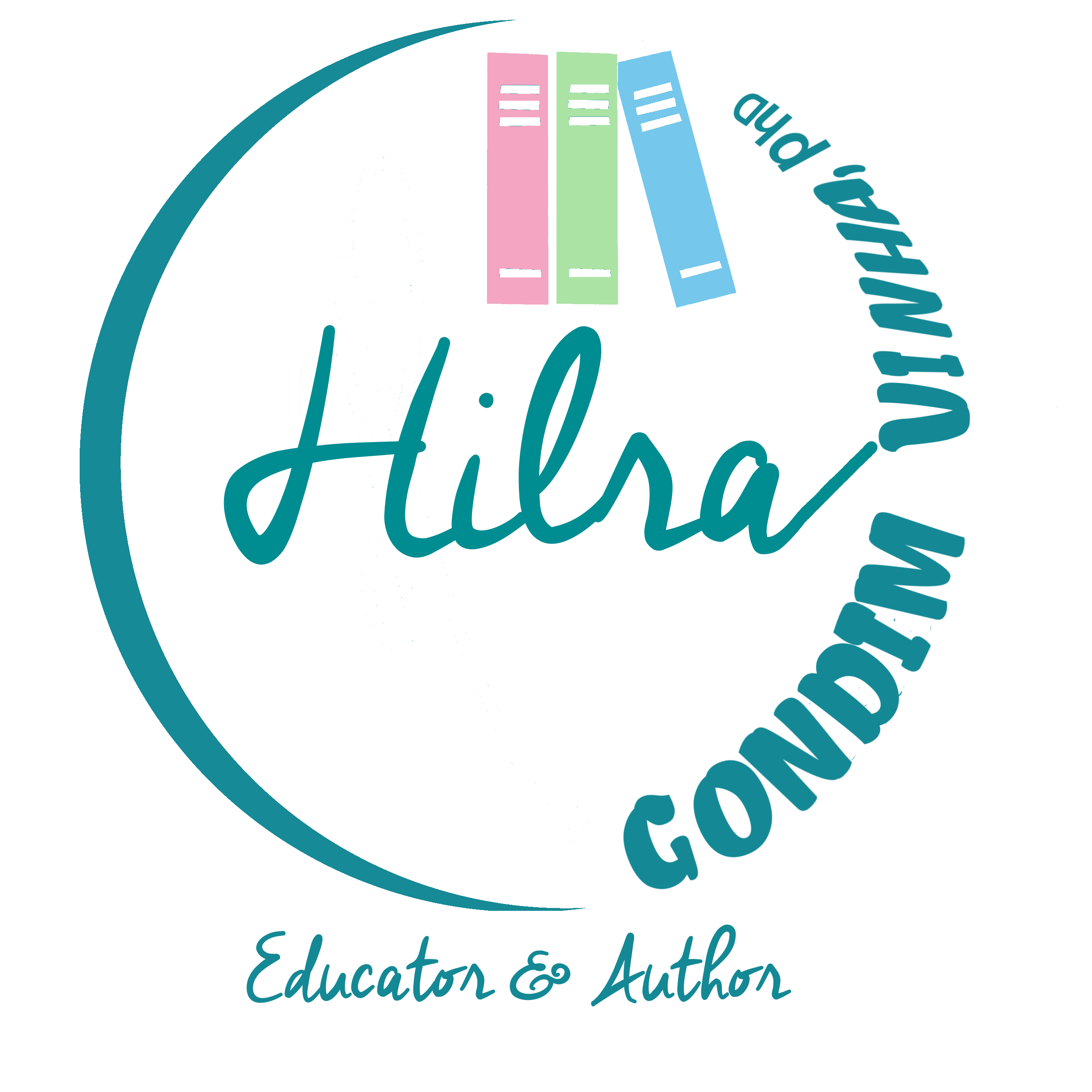
For my whole life, I’d been passionate about inclusion in society and especially in education. This comes from my experiences with my disabled brother. But then, something happened in my adult life that really brought autism into sharp focus for me. First, my husband was diagnosed, and at the same time, my work in a secondary school meant I was meeting incredible autistic teenagers and their families. It was like the universe was telling me, ‘Hey, pay attention!’
This mix of personal and professional experiences sparked a real fire in me. I wanted to learn more about neurodiversity, how different brains work, how people experience the world in unique ways, and how we can all understand each other better. It was a fascinating journey of discovery!
All that learning and those amazing connections with young people led me to create something really special: a method for having purposeful conversations. It’s all about helping young people discover their authentic selves and feel confident being who they are. This method became a book, complete with a manual and lots of helpful resources like neurodiversity awareness cards, communication cards, and neurodivergent prompts.
This book is more than just a project for me; it’s a piece of my heart. It’s personal because it reflects my own family’s journey, and it’s professional because it’s the result of years of working with amazing young people. I truly hope it helps others build those important double empathy bridges, so we can all understand and appreciate each other’s unique ways of being. It’s all about celebrating differences and creating a world where everyone feels like they belong.
The Tangram Method
The Tangram Method is an innovative approach inspired by the ancient puzzle and shaped by the voices of neurodivergent young people. This transformative book offers a practical framework for meaningful conversations that unlock deeper understanding, raise self-awareness and encourage unmasking autism.
Through engaging stories and practical insights, you will discover the seven key principles that form the foundation of the Tangram Method, each represented by a unique character inspired by a real neurodivergent young person.
This book is for:
* Educators, therapists, and social workers working with young people across various settings.
* Parents and caregivers seeking to better understand and support their children.
* Anyone passionate about neurodiversity awareness.

